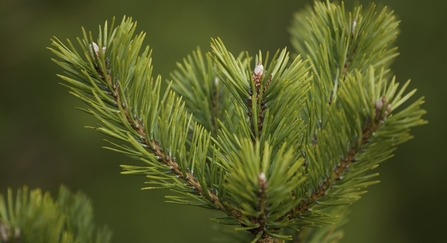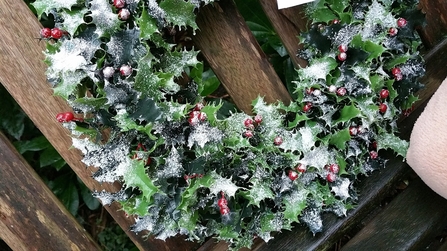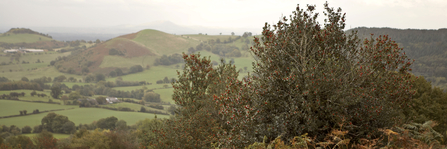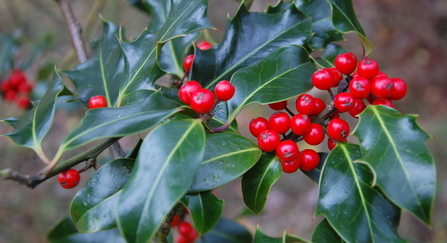Evergreens have been brought into the house as decorations for the midwinter festival since well before Christianity, as symbols of the continuity of life through the dark season. They were seen as protecting the home and family from a variety of evils.
Holly was a powerful fertility symbol, and a charm against witches, evil spirits, lightning and house goblins, whilst ivy in the house at midwinter was thought to keep the Devil away for twelve months. In Christianity, holly was adopted as a symbol of Christ’s crown of thorns, the red berries a symbol of his blood and evergreens in general as a metaphor for life after death.





